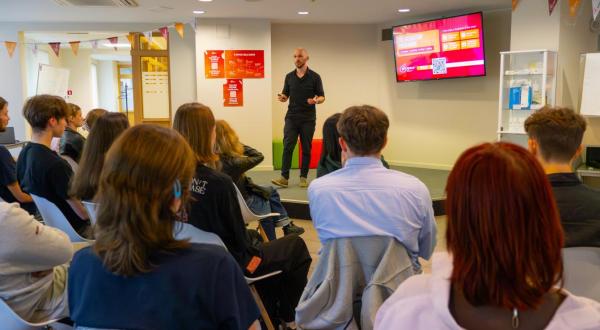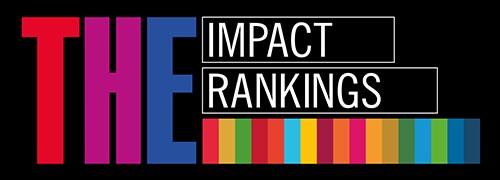Three future scenarios for generative AI in education, according to RSU expert
Autors: Artis Birziņš (RSU viesdocētājs studiju kursos Nākotnes domāšana" un Mākslīgā intelekta un datu zinātnes rīki)
The advent of ChatGPT and other generative artificial intelligence (AI) tools in education has been phenomenal. Many schools and universities are still trying to understand how these technologies will affect traditional teaching methods and academic principles and how to deal with them in the future.
What does the modern student expect?
Students are consuming learning materials in increasingly interactive and personalised ways. Reading compulsory literature is less motivating than using AI that can structure it, select what is relevant and interesting, explain it in plain language and answer questions. The increasing use of YouTube, podcasts and AI tools in learning suggests a paradigm shift.
It is no longer enough for lecturers to lecture - they need to be able to work with technology to create meaningful learning experiences for each individual, to present a topic in an engaging way.
More and more students expect lecturers to provide a practical context - how to apply the theories to life or work, or why a given topic is even relevant in today's information overload.
Student habits in Latvia
The survey found that students in Latvia widely use generative AI and even several tools at the same time:
- ChatGPT: 87.1%
- Claude: 29%
- Microsoft Copilot: 29%
- Gemini: 22.6%
- Perplexity: 19.4%
- Mistra: 3.2%
Until now, many people had the impression that AI tools are mostly used by students to write essays. However, the survey revealed that students are more likely to use it for solving complex problems, gathering information, research assistance, explanations and other tasks. While the promise of AI technology is personalised, adaptive and accessible education 24/7,
students themselves also recognise the downsides: inaccurate information, over-reliance on the tool as a provider of real information, insufficient adaptability to individual needs.
Possible future scenarios
What are the possible future directions for education in the light of advances in AI? Scenarios may vary from one institution to another and from one national education system to another.
Scenario 1. Discontinuation or limited use of AI
Some students and lecturers believe that AI should not be used at all. Arguments: weakening of critical thinking, breakdown of academic culture, erroneous or unverifiable information. If these risks are not managed, the use of AI could even be banned in educational institutions.
If an educational institution uses generative AI, it will do so with great caution. The main focus would be on person-centred, ethical and balanced learning. The teacher remains the only recognised source and curator of knowledge. AI tools are found or purchased exclusively by the students themselves. Educators know that students use them, but are resigned and do not object if the use of AI is not promoted in a transparent way in the educational institution.
Scenario 2. Evolutionary development
The educational institution or the national education system as a whole progressively integrates AI into the existing education system and the student's learning process. Educational institutions slowly take the initiative and launch projects. Risks are identified and controlled. For example, special attention is paid to improving students' critical thinking skills in order to mitigate the risks of misinformation when using the AI tool. AI gradually becomes teachers’ assistant, supporting teachers in preparing assignments or analysing student performance. These and other benefits have been described by World Economic Forum analysts in their 2024 study, indicating that AI can both fully automate and complement teacher task completion and address the challenges of the student's individual approach.
Scenario 3. Complete transformation
AI becomes a highly effective, personalised and active individual coach or companion for each student, with the ability to adapt perfectly to the individual's level of knowledge, goals, abilities and interests. Digital twins are used to run simulations in the learning process, the best lecturers are digitally cloned to teach and personalise courses for all students who need specific knowledge on a national or global scale. Traditional learning institutions lose their traditional role as they have become relatively inefficient. The education process becomes student-led, with the national education regulator providing the overall structure, initiative, support and governance to ensure that the process does not drift into unpredictable complacency.
Leadership in the very active use of AI is demonstrated by the Estonian national initiative AI Leap 2025, which will equip Estonian students and teachers with AI-enabled learning tools and teach them to use them in the most effective way possible. Already this autumn, 20,000 secondary school students in Estonia will have access to state-provided AI applications and 3000 teachers will receive training in the use of these tools.
Related news
 Develop your business skills and bring ideas to life with the B-Space incubation programmeFor RSU Employees, For High School Students, For Students, Innovation
Develop your business skills and bring ideas to life with the B-Space incubation programmeFor RSU Employees, For High School Students, For Students, Innovation


